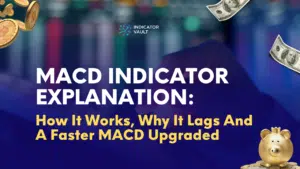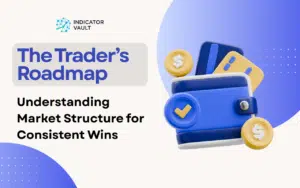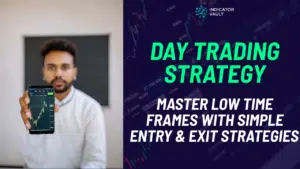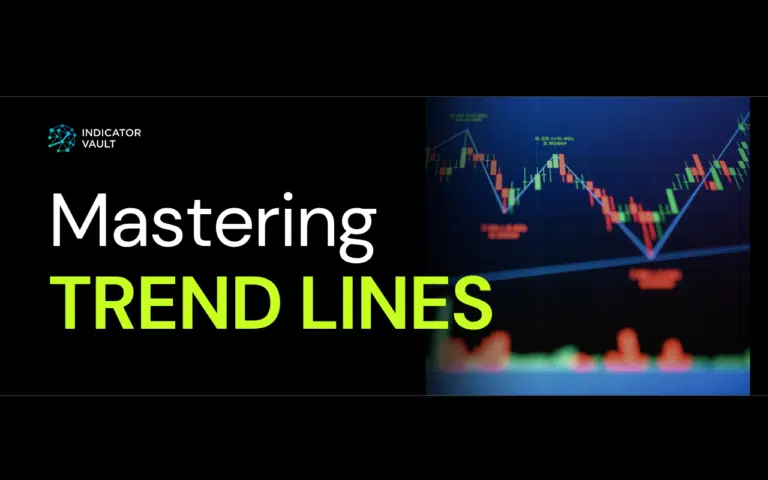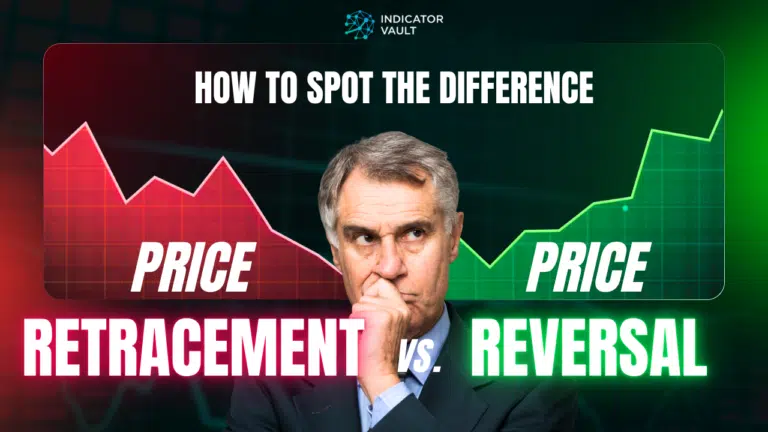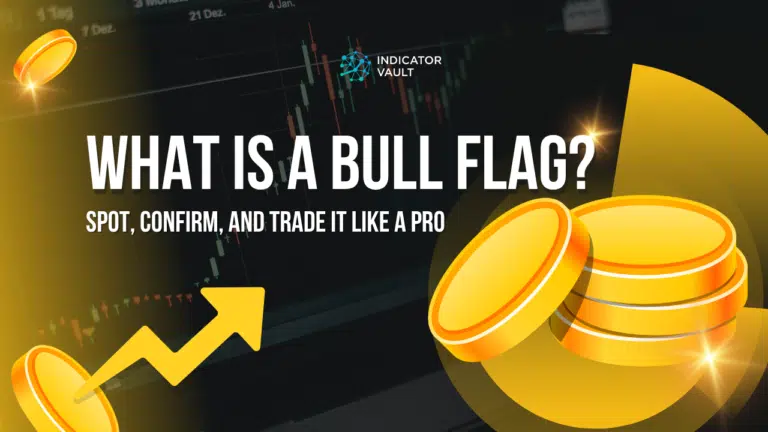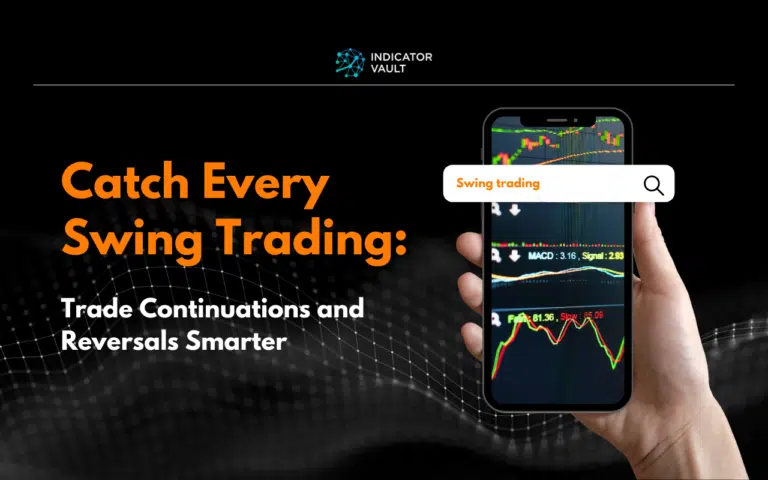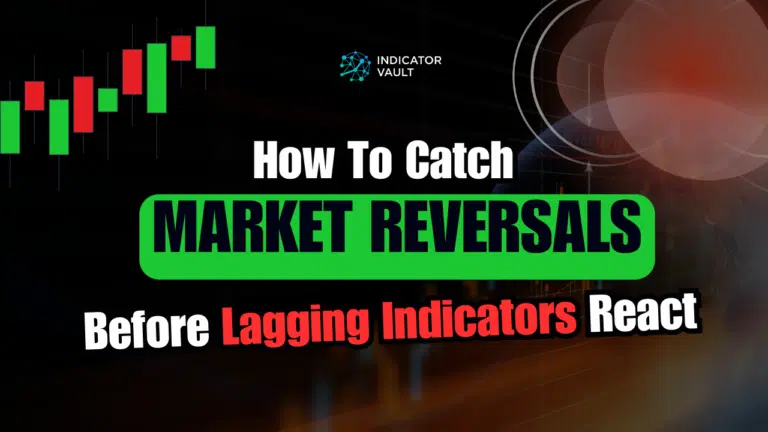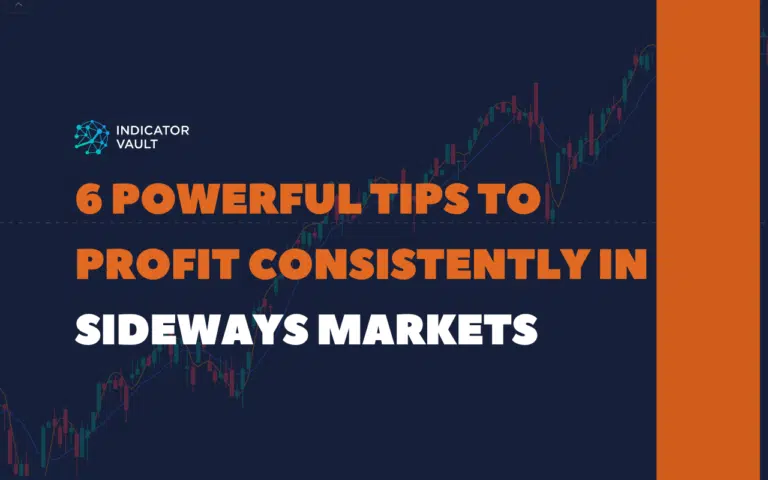Why most traders fail and how risk management trading can change that. Get practical strategies for position sizing and stop loss placement.
Table of Contents
1. Why Risk Management Trading Determines Your Success
Risk management trading isn’t just about protecting your capital – it’s about surviving long enough to compound your gains. Professional traders know this simple truth: you can be wrong more often than you’re right and still be profitable with proper risk management trading techniques.
Consider this stark reality: the vast majority of day traders lose money within their first year. The difference between successful traders and those who fail isn’t superior market analysis – it’s disciplined risk management trading.
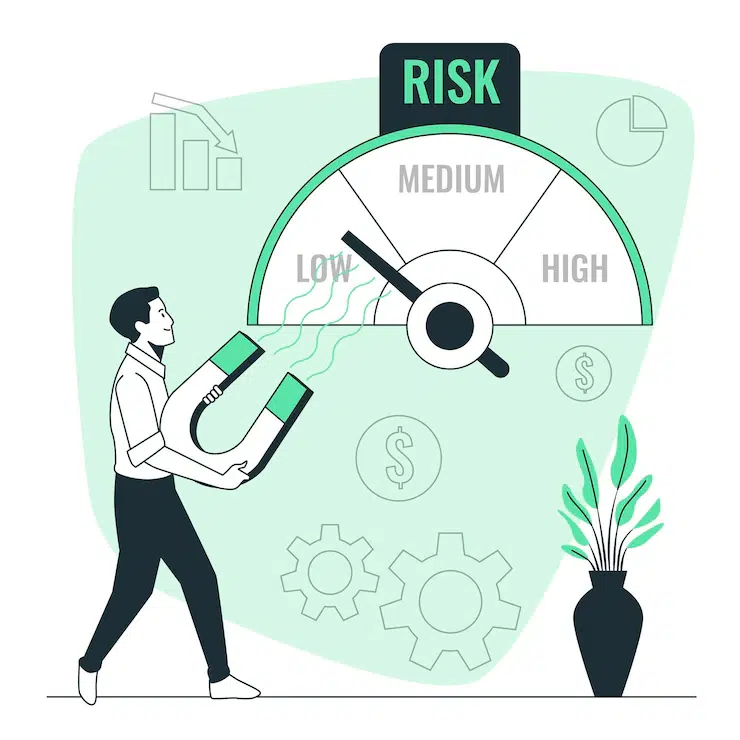
The Mathematics of Risk Management Trading
Here’s a sobering example that illustrates why risk management trading is crucial:
- Scenario A (Poor Risk Management): Risk significant amounts per trade
- After 5 consecutive losses: substantial capital depletion
- Recovery needed: extremely difficult comeback just to break even
- Scenario B (Proper Risk Management): Risk small amounts per trade
- After 5 consecutive losses: most capital preserved
- Recovery needed: manageable gains to break even
This mathematical reality explains why professional traders obsess over risk management trading principles.
2. The 4 Essential Risk Management Trading Strategies
Strategy 1: The 2% Rule: Position Sizing in Risk Management Trading
The foundation of risk management trading is never risking more than 2% of your account on a single trade. This isn’t arbitrary – it’s based on decades of professional trading data.
How to Calculate Your Position Size:
- Determine your risk amount: Account balance × 2% = Maximum risk per trade
- Calculate your stop distance: Entry price – Stop loss price = Points at risk
- Calculate position size: Risk amount ÷ Points at risk = Position size
Example (USDCAD Forex Trade):
- Account: $10,000
- Maximum risk: $200 (2%)
- Entry: 1.37176 (Buy price shown)
- Stop loss: 25 pips below entry = 1.36926
- Stop distance: 25 pips
- Pip value calculation: For USDCAD, 1 pip = $10 per standard lot (100,000 units)
- Risk per standard lot: 25 pips × $10 = $250
- Position size: $200 ÷ $250 = 0.8 standard lots (80,000 units)
- Actual position: 80,000 units
- Take profit: 75 pips = 1.37926 (3:1 risk-reward ratio, $600 profit potential)
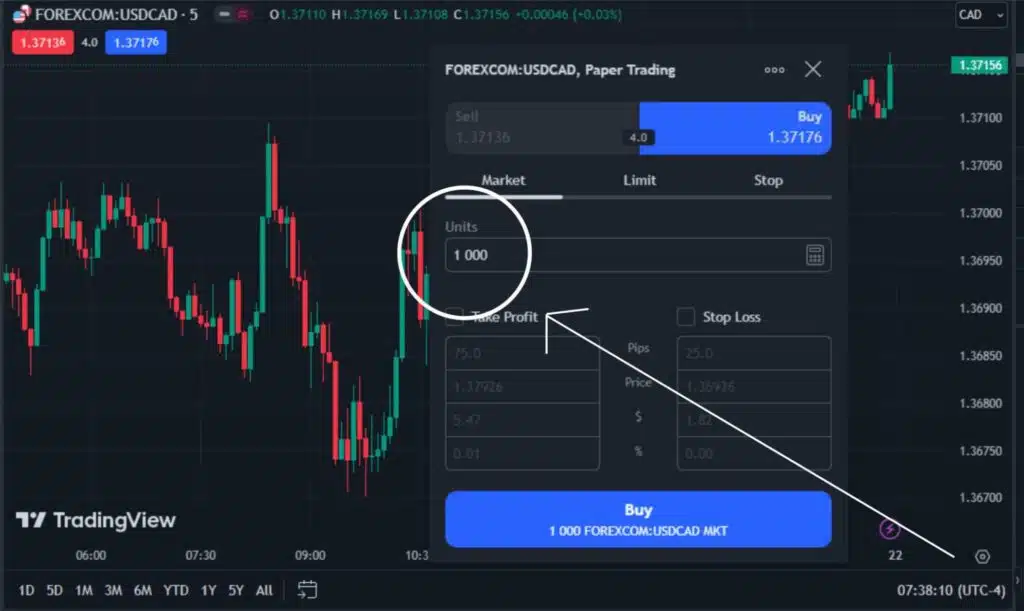
Traders can also employ online calculators for fast and accurate values.
Strategy 2: Strategic Stop Loss Placement in Risk Management Trading
Effective risk management trading requires stop losses based on technical levels, not arbitrary percentages. Professional traders use three primary methods:
Support/Resistance Stop Losses:
- Place stops just below key support levels for long positions
- Place stops just above key resistance levels for short positions
- Allow for market “noise” by adding 10-20 cents buffer
ATR-Based Stop Losses:
- Use Average True Range (ATR) to account for volatility
- Multiply ATR by 1.5-2x for stop distance
- Automatically adjusts for different market conditions
Time-Based Stop Losses:
- Exit positions that don’t move in your favor within predetermined timeframes
- Particularly effective for day trading strategies
Strategy 3: Risk-Reward Ratios: The Heart of Risk Management Trading
Successful risk management trading requires minimum 1:2 risk-reward ratios, but professional traders often target 1:3 or higher.
Example Trade Setup:
- Entry: $100.00
- Stop loss: $98.00 (Risk: $2.00)
- Take profit: $106.00 (Reward: $6.00)
- Risk-reward ratio: 1:3
The Win Rate Math:
- With 1:3 risk-reward, you only need 25% win rate to break even
- With 1:2 risk-reward, you need 33.3% win rate to break even
- This mathematical edge is why risk management trading works
Strategy 4: Portfolio Heat: Advanced Risk Management Trading
Portfolio heat measures your total risk exposure across all open positions. Professional risk management trading limits portfolio heat to 6-8% maximum.
Calculating Portfolio Heat:
- Add up the dollar risk of all open positions
- Divide by total account value
- If over 8%, reduce position sizes or close trades
3. Advanced Risk Management Trading Tips
Dynamic Position Sizing
Adjust position sizes based on:
- Recent performance (reduce after losses)
- Market volatility (smaller positions in volatile markets)
- Trade confidence level (larger positions on high-conviction setups)
Correlation Risk Management
- Avoid multiple positions in correlated assets
- Technology stocks often move together
- Currency pairs share common base currencies
- Commodity sectors react similarly to economic events
Emotional Risk Management Trading
- Never increase position size after a loss
- Take mandatory breaks after 3 consecutive losses
- Use trading journals to identify emotional patterns
- Pre-define maximum daily loss limits
4. Managing Risk Like a Pro With the Best Trading Companions
The fundamental of building wealth in trading is by avoiding significant losses.
That’s all risk management is about.
Protect the capital as you look to expand it steadily, long- or short-term.
If you’re still struggling with the basics, such as implementing stop or take-profit orders, Indicator Vault’s technical tools for TradingView are the perfect companions for you.
The Supply Demand PRO is highly impressive for suggesting the best risk management chart levels. Additionally, you’ll get the most precise reversal strategy based on the supply & demand theory.
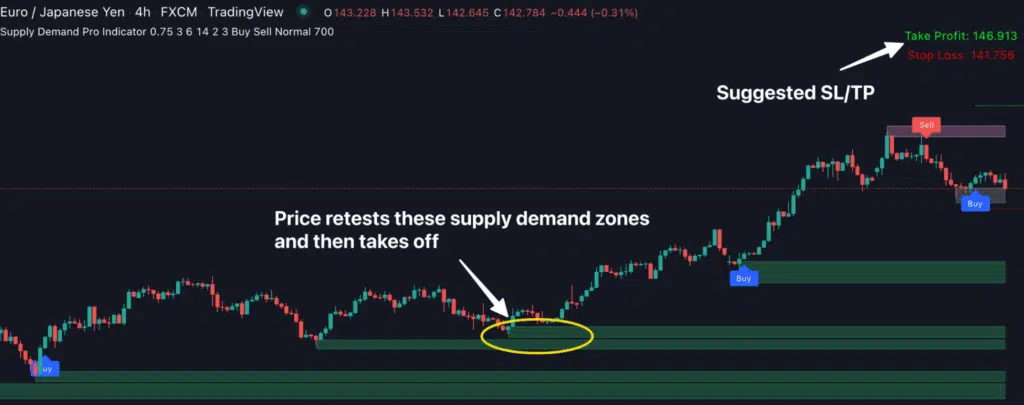
Here are a few of several benefits every user enjoys:
- Knowledge of the most respected stop-loss placement level for every trade
- Guidance on where to set take profit orders for maximum returns
- Understanding the highest-probability reversal trading signals on any market across all timeframes
- Assurance of never missing promising opportunities, thanks to instant alerts from within and outside the trading platform
Sounds unreal? Use Supply Demand PRO for supply-demand-based reversals and better risk management.
Another recommended choice for the best stop-loss and take-profit suggestions is the Natural Momentum for TradingView. Its algorithm is one of the most complex but reliable.
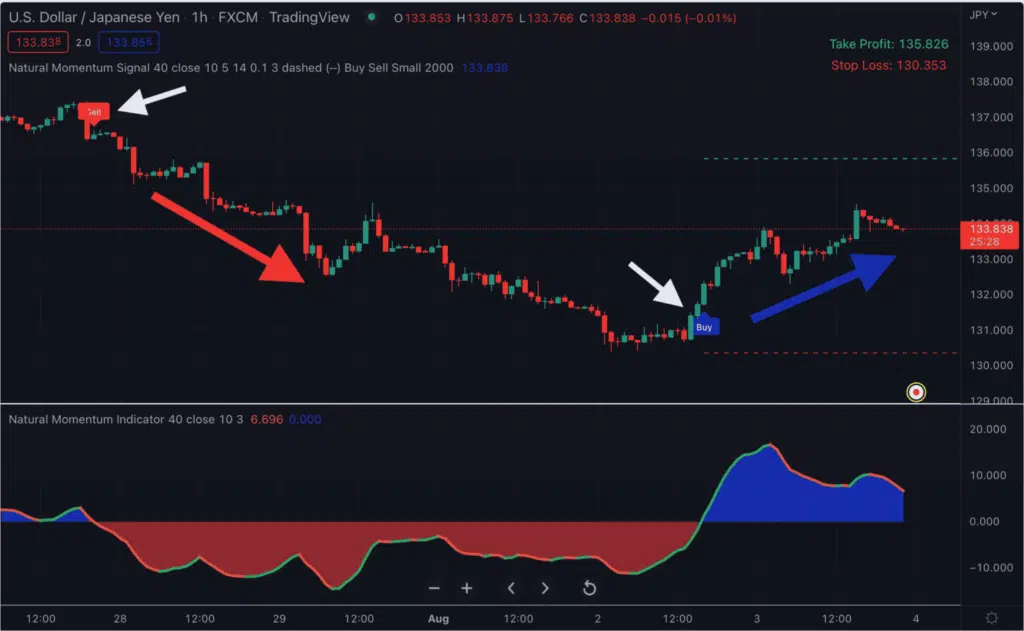
In a nutshell, below are some of its all-round perks:
- Assured awareness of the most favorable chart levels for stop-loss and take-profit placements
- Earliest knowledge of potential price reversals
- Freedom to trade in any market or timeframe desired
- Fast TradingView and email alerts to ensure users are always on time to exploit inviting opportunities
Try Natural Momentum for precise reversal signals with optimal risk management.
5. Conclusion: Master Risk Management Trading for Long-Term Success
Risk management trading isn’t glamorous, but it’s the difference between professional traders and gamblers. The strategies outlined above—proper position sizing, strategic stop placement, risk-reward optimization, and portfolio heat management—form the foundation of every successful trading career.
Remember: Your first job as a trader is to preserve capital. Your second job is to be consistently profitable. Everything else is secondary.
However, since it may take time and experience to build, the Supply Demand PRO and Natural Momentum for TradingView are highly recommended tools for optimal risk management trading.


